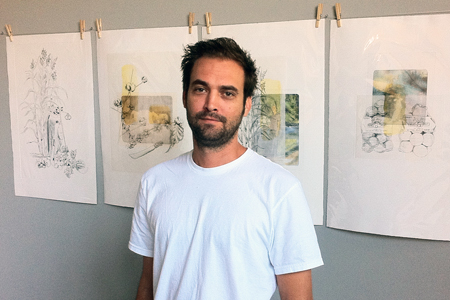
29 Jan The Heroic Journey of “Recordings of an Immigrant” by Vincent Goudreau
The second wave feminists of the 1960s famously coined the phrase “the personal is political”. This is true of a vast number of issues, yet often times the very personal impact of political policies gets lost in the furious debates about fiscal impacts of laws or the hypothetical scenarios debated on television talk shows. At a time when immigration issues are hotly debated topic in United States politics, art can be a powerful tool that helps us connect to the personal stories within this multifaceted issue. Upon first glance Recordings of an Immigrant by Vincent Goudreau eloquently brings a personal immigration story to the forefront, yet it goes much deeper, far more personal and universally human than these mere political issues.
Mixed media artist Vincent Goudreau, whose works are manifested in video, 2D media and sculpture, has created his latest work inspired by the story of Juan Aquino, an immigrant from Guatemala. The resulting multi-disciplinary project, Recordings of an Immigrant, consists of recorded audio memoirs, a book, video and limited edition mixed media prints. The project will also included a future website which will host the entirety of Goudreau’s collaborative documentation of Juan Aquino’s epic life story. Goudreau said of his timely piece that “I think it has value because it is being presented while we are going through the US immigration overhaul.” Yet looking behind the politics, this piece speaks to the timelessness of navigating through this world, weathering heart ache and loss while attempting to hold onto hope.
The Hawaii-based Goudreau initially met Aquino seven years ago, as his property’s landscaper, and a friendship ensued. Goudreau’s art work has often involved recording the stories of elders, as seen in previous works like “Villa Capri“, the first video project he did which was conducted over the course of volunteering for 3 months at a retirement home. Goudreau remarked: “The first video that I ever did was of a retirement home in Los Angeles, I tried to capture these stories from elders, giving them a time and space to tell their stories, of what they’ve learned, what can they pass on.” Goudreau likened Aquino’s story to that of an elder: “Juan (Aquino) definitely has that knowledge in his story. It definitely reads more like an ancient epic than a modern-day immigration story. His story is timeless. It’s almost like a modern-day Joseph Campbell’s hero’s journey.”
The tale of Aquino’s life takes unpredictable twists and turns, from the darkest of moments when he is accused of a crime, to the most beautiful example of enduring dreams, with his hope and positivity continually shining through as he keeps his dream alive to play golf on the PGA Champions Tour. One of the most poignant passages of Goudreau’s book is where Aquino speaks of what he credits his golf skill to in his past: the time he spent working in the sugar cane fields of Guatemala: “When you learn your golf swing with a machete, you never look up.”
Goudreau personally connected to the story because he has “always been interested in the idea of migration and finding one’s home.” Goudreau also described how Aquino’s life inspiringly illustrates “becoming conscious of patterns and (making) decisions to change and heal” from the potentially harmful patterns in generational legacies while holding onto the legacies of hope. For example, Aquino’s father worked as a worker’s rights representative in Guatemala and Aquino went on to do the same in his lifetime. Goudreau describes Aquino in extremely respectful terms: “The love and dedication to his family is inspiring. His whole journey has been to provide for his family.”
Mixed media artist Goudreau typically lets the subject of his works dictate the medium he choses to use. For example, this project ultimately became a book because of its epic proportions. Additionally, the book has been illustrated by Goudreau’s mixed media printmaking because it captured the timeless quality of the story: “I was going about in an anthropological sense with doing these dry-point etchings of the flora and fauna that (Aquino’s) been working with as a landscaper. Then there are these family photos layered on top and some of the images are faded and I bring them back with polyurethane. It has to do with the idea of memory, how well we remember, how we remember, how much is lost through the layers of time, what sticks with us and what is caught in our muscle memory.”
- Chapter 1, “Guatemala”
- Chapter 2, “Mexico”
- Chapter 3, “South Central”
- Chapter 4, “Hawaii”
- Chapter 5, Part 1, “Love”
- Chapter 5, Part 2, “Family”
In step with this project being a meditation on memory, California State University Fullerton’s Grand Central Art Center hosted a sort of homecoming this past December for Aquino. While Vincent Goudreau was the center’s artist-in-residence, Aquino visited Fullerton in order to attempt to re-discover a part of his past which Goudreau had documented in his project with him. When Aquino first came to the United States from Guatemala, he was delivered via a “coyotaje” from Mexico to a drop-house in Fullerton. It was a particular goal of the pair to locate the drop-house again and film Aquino revisiting it. Through some research, Goudreau was able to find the house and take Aquino back there. Part of the conclusion of the book and video documentation of this project, is the full circle moment of Aquino revisiting the place where his journey in the United States began.
In meeting Aquino, I found him to be an inspiring and joyful soul. His passion for life (and golf) is infectious. In Aquino’s presence, one cannot help but believe in his dreams with him and be in awe of the journey it took to get to this place. After meeting Aquino I understood Goudreau’s passion for his project even more.
At first glance, Goudreau’s work can seem like social practice work yet it goes deeper than that: “unlike social practice work, which to me seems a bit like a hit and run… I am building friendships that last a lifetime. That opens up an idea which is the complete opposite of where everyone is going where they want a 30-second video on youtube. I want to try to slow people down a bit to actually really listen and engage because there is something there that is being lost.”
In a society where we lack the consistent practice of listening to our elders, Goudreau is attempting to bring that oral tradition back with his artwork. In this profound sense, Recordings of an Immigrant does far more than make the political personal, it speaks to honoring the tribal roots of humanity.
Audio from Recordings of an Immigrant is available here:
Sacrifice, from Chapter 2, “Mexico”
Legal, Chapter 3, “South Central”
Revenge, Chapter 5, Part 2, “Family”
For more information: www.vincentgoudreau.com




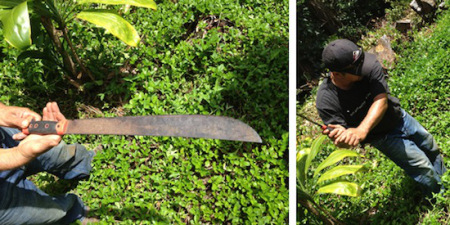
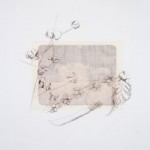
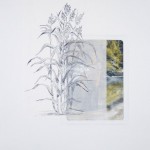
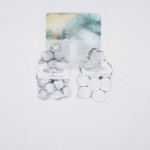
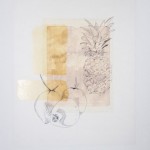
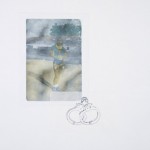
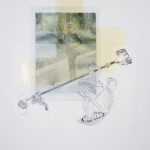
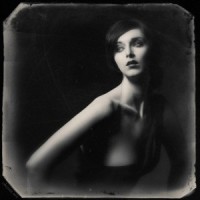
Sorry, the comment form is closed at this time.